Some of the most beautiful Romanesque art was created in Catalonia (in northeast Spain), and much of it can be seen today in the National Museum of Catalan Art located in Barcelona.
c. 1000–1200 C.E.
Some of the most beautiful Romanesque art was created in Catalonia (in northeast Spain), and much of it can be seen today in the National Museum of Catalan Art located in Barcelona.
c. 1000–1200 C.E.
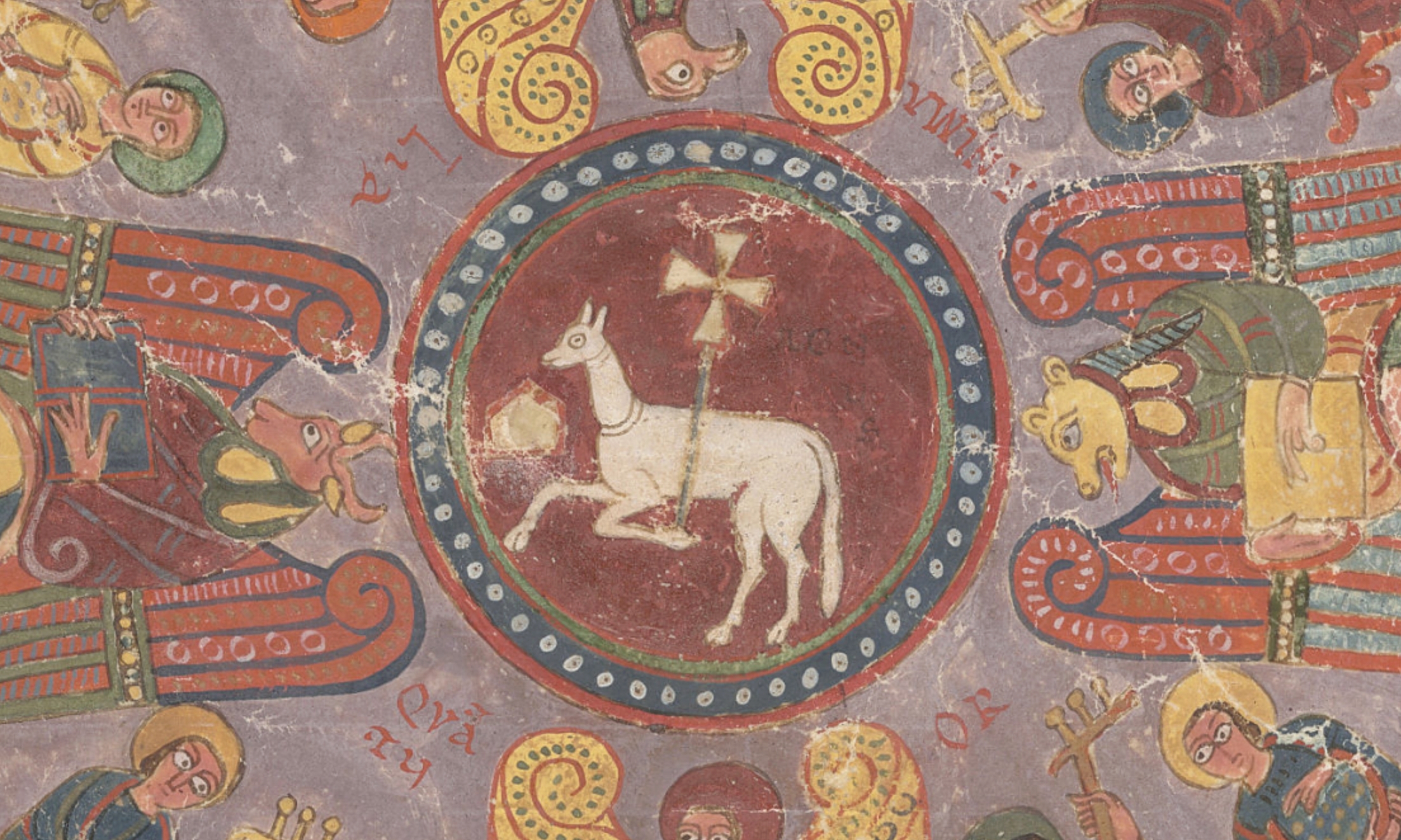
Take a closer look at this 1000 year old Spanish illumination.
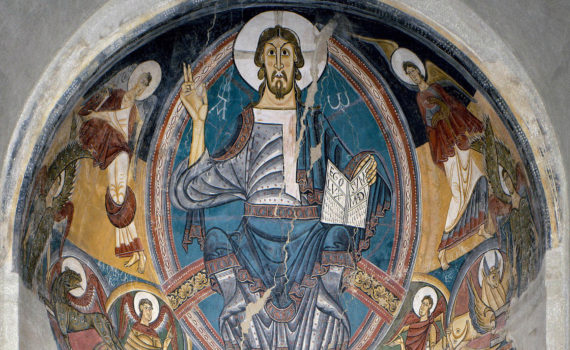
Since the Middle Ages, the wall paintings from Sant Climent, Taull have dazzled, enchanted, and captured the imaginations of visitors from across the world.
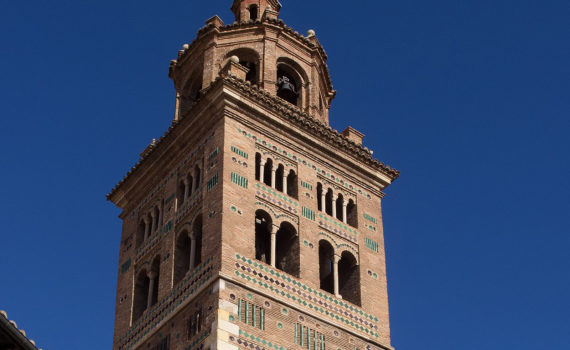
The development in the 12th century of Mudejar art in Aragon resulted from the particular political, social and cultural conditions that prevailed in Spain after the Reconquista.

The power that this sculpture has is precisely in the fact that it's not always concerned with naturalism and it's really concerned with telling a story.
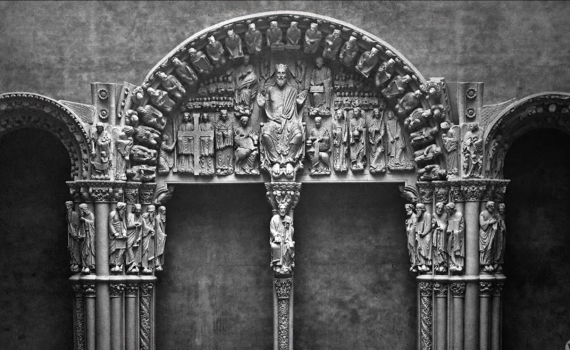
In 1866, the Victoria & Albert Museum commissioned an Italian plaster maker to journey to Spain to make a copy of a monument of Romanesque art. See how the museum takes care of it more than 150 years later.
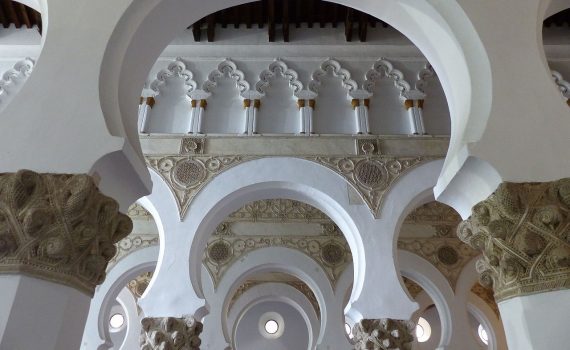
These eclectic buildings embody the close ties between Muslim, Jewish, and Christian cultures in medieval Spain.
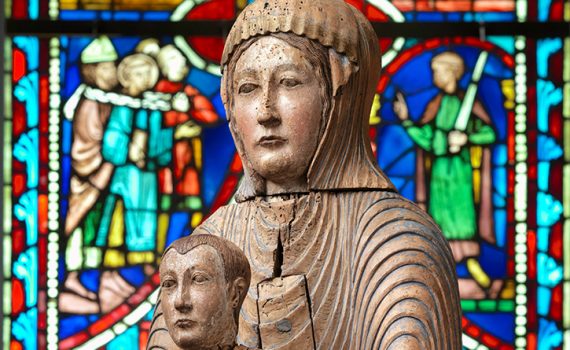
A serene Mary offers her draped lap as a throne for Christ. Her outsized hands direct the viewer to the divine.
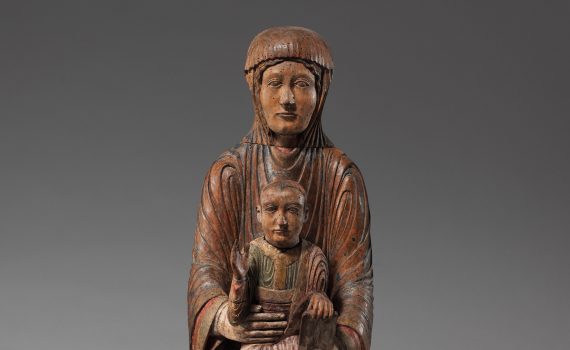
These statues of the Virgin and Child often held relics. Designed to be mobile, they starred in parades and plays.
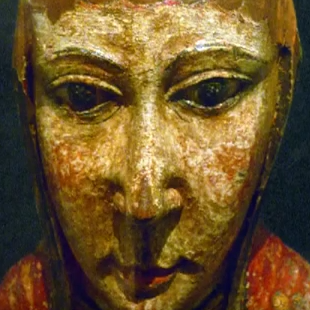
Delicate and brightly colored, this statue from Spain combines elegance with solidity, the human with the divine.
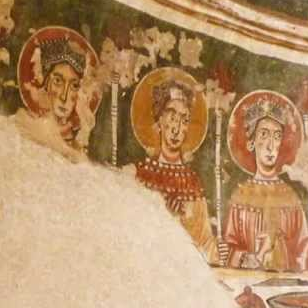
These frescoes covered the thick walls of a Romanesque church. Once isolated in the Pyrenees, they adorn a museum.